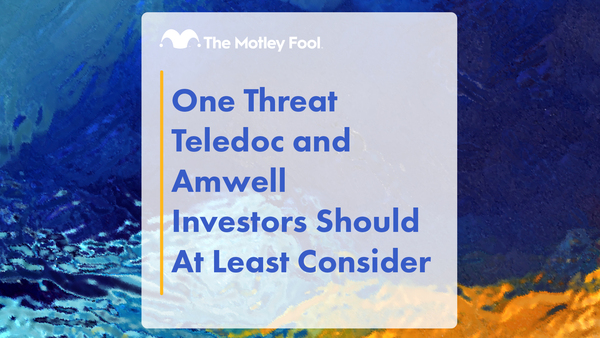The mHealth Summit sits at the intersection of mobile technology and health care, and one of the exciting developments at this recent conference involved Google's (GOOG 0.18%) wearable computing technology, Google Glass. The Fool's Max Macaluso and Rex Moore attended the fifth annual Summit and chatted with the CEO of Pristine -- a small start-up based in Austin, Texas.
Kyle Samani is passionate about technology and health care, and his company's two Glass apps put it on the cutting edge of this new space.
In this video segment, the Pristine CEO describes Google Glass as "still very primitive." The fledgling field of eyewear computing is just beginning to experience some real growth as many companies experiment with different approaches, and the hardware and software continue to evolve.
A full transcript follows the video.
Max Macaluso: I know Pristine just really got started this year. Long-term -- Pristine version 2.0 -- do you see integration with robotics?
Kyle Samani: We could go there. That's not really on the roadmap today. Who knows what the future is going to be? Glass is really the first major eyewear computing device that has any significant level of scale of distribution, and it's still very primitive.
Glass is, in many ways, a very primitive, limited device. It can do a very narrow set of things very well, but there are many, many things Glass cannot do today, based simply on hardware limitations.
The eyewear space is evolving very rapidly. There are at least a dozen companies today all working on different types of eyewear computers. Some of them wrap around over your head, some of them are clamping to the sides, some of them look more like glasses, and there's full-blown augmented reality. There are a lot of different people experimenting with a lot of different things in the space.
Our suspicion is that no one's going to crack the code today. It's going to take years, and it's going to be a combination of hardware and software, iterating in these very focused use cases, to deliver that. That's really our plan for the foreseeable future. We're using eyewear as a new form factor, to drive new waves of innovation in medicine.






